What to do in Gambia: 20 must-sees and must-dos
Anto
04 Mar 2024
Nestled along West Africa’s Atlantic coast, The Gambia shines like a hidden gem, offering a unique travel experience steeped in authenticity and diversity. This small country, landlocked in Senegal with the exception of its coastline, charms visitors with its heady mix of golden sandy beaches, rich cultural traditions and lush nature. From Banjul, its vibrant capital, to the tranquil banks of the Gambia River, picturesque villages and unspoilt natural parks, every corner of this African gem reveals a unique facet of its fascinating history and diverse heritage. In this article, we delve into the enchanting essence of The Gambia and discover what makes it a must-see destination for travelers in search of adventure, culture and discovery.
Your online travel health insurance
Start your quotation now and obtain your medical insurance certificate, which insures medical expenses according to the country’s needs.
Banjul, Gambia’s dynamic capital, stands proudly on Sainte-Marie Island, where the Gambia River meets the Atlantic Ocean. Its vibrant atmosphere, bustling markets and rich colonial heritage make it a captivating destination for travelers seeking adventure and discovery.
The city, with its pastel-colored colonial buildings, bustling streets and swaying palm trees, offers an enchanting blend of African and European cultures. In the heart of Banjul stands Arch 22, a monumental structure offering a breathtaking panoramic view of the city and its surroundings. Visitors can also explore the central Albert Market, where stalls overflow with fresh fruit, exotic spices and colorful local crafts.
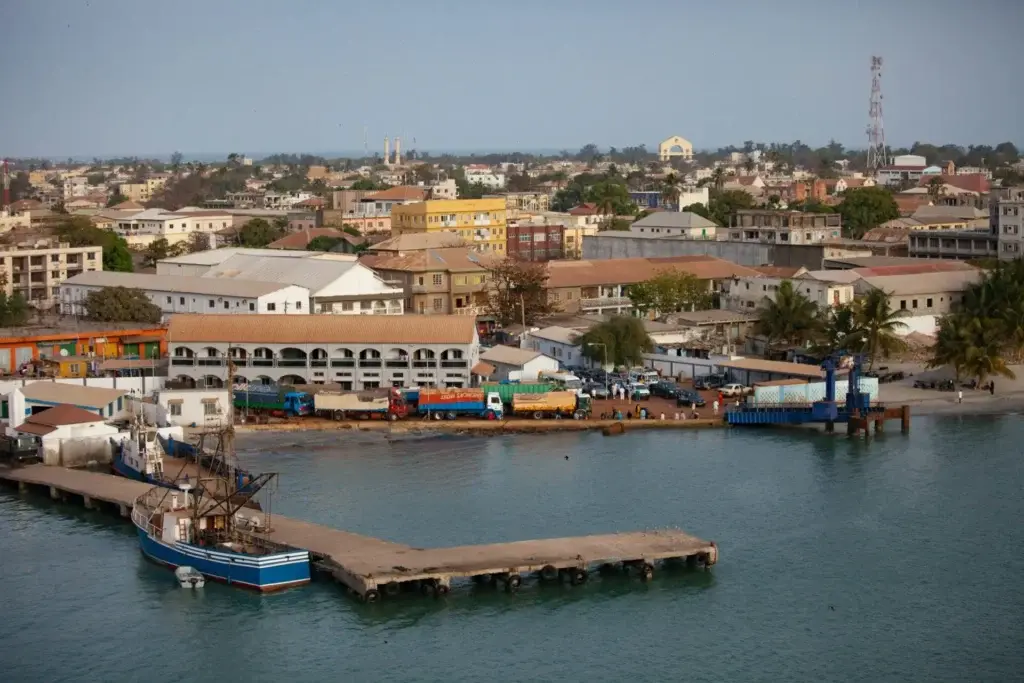
Bijilo Forest Park, located on the Atlantic coast of The Gambia, is an unspoilt natural treasure offering a tranquil escape in the middle of the wilderness. Covering an area of around 51 hectares, this park is a haven for a variety of plant and animal species, making it a favorite spot for nature lovers and adventure enthusiasts.
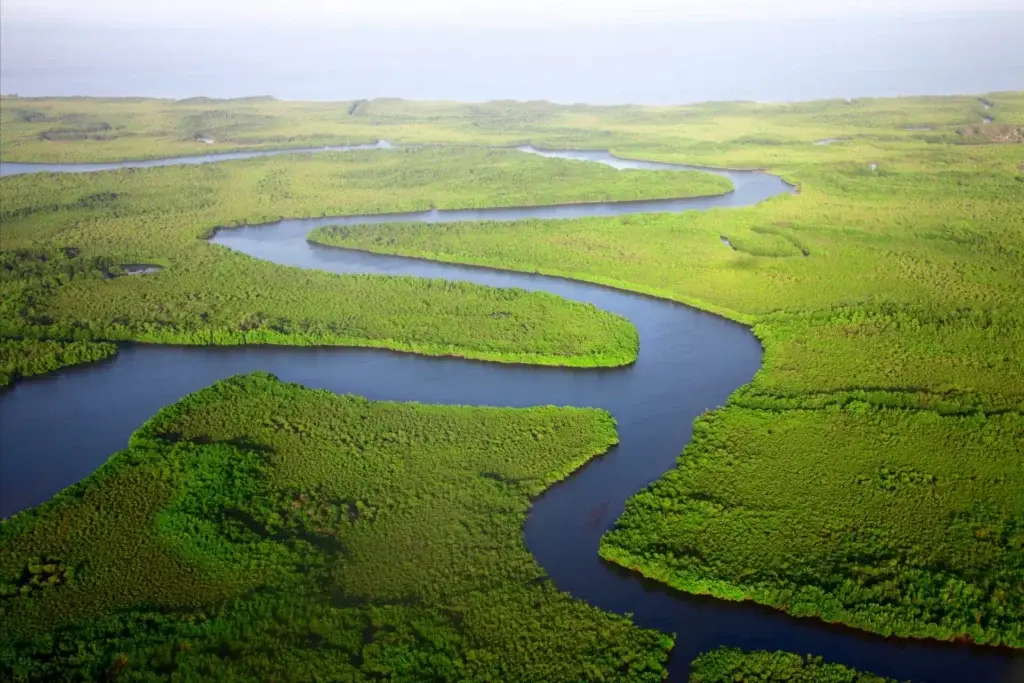
Located on Gambia’s Atlantic coast, Tanji Village is a coastal gem that offers visitors an authentic immersion in the life of Gambian fishermen. This picturesque village is a living testimony to the region’s maritime tradition and culture, offering a captivating experience for those seeking a connection with local customs and lifestyle.
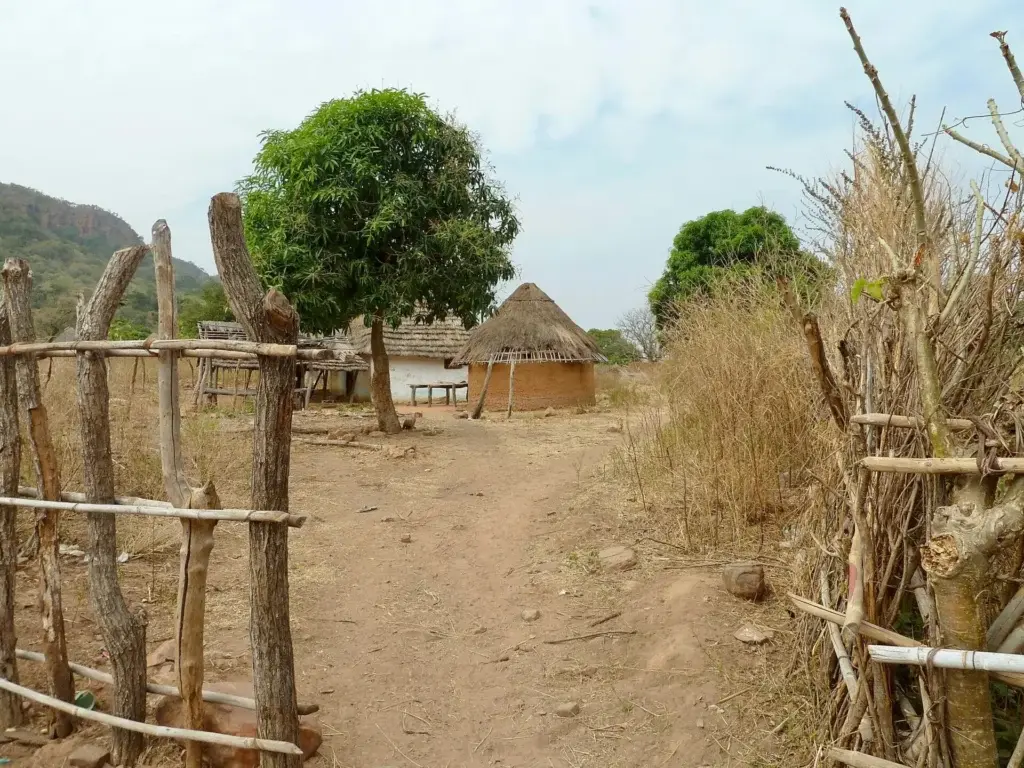
Let yourself be transported to the heart of Gambian nature with a visit to the Abuko Nature Reserve. Nestled in the western region of The Gambia, this unspoilt oasis is a paradise for wildlife lovers, offering an immersive escape into a diverse and dynamic ecosystem.
Covering some 106 hectares, the Abuko Nature Reserve is one of The Gambia’s first protected areas, established in 1968 to preserve the region’s unique biodiversity. As you follow its winding trails, you’ll be amazed by the astonishing variety of landscapes, from dense forests to lush wetlands.
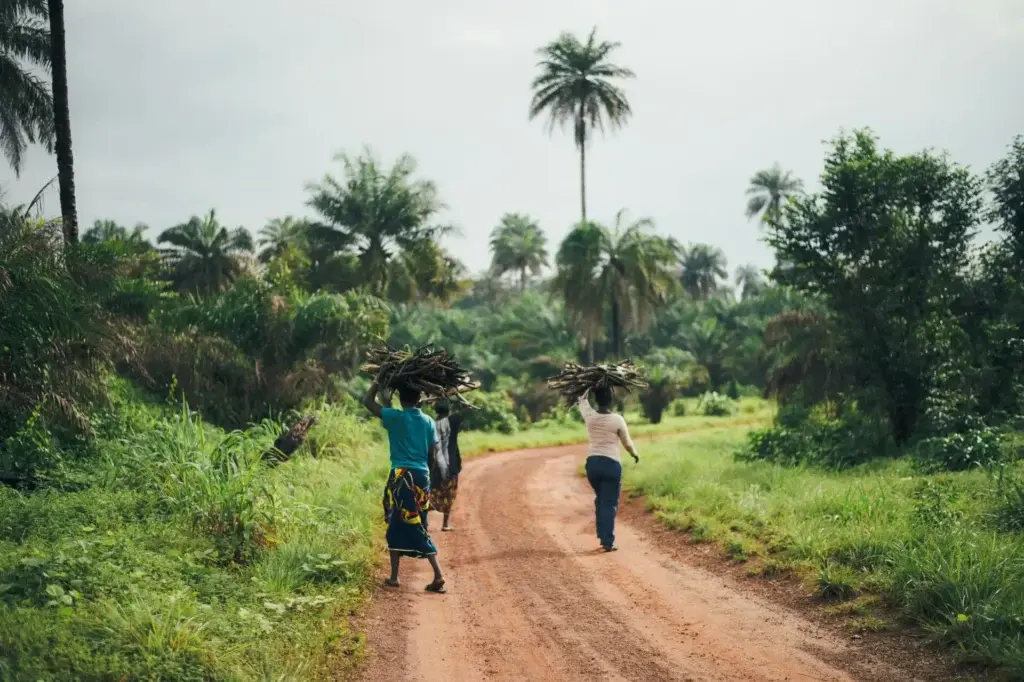
Bakau, a lively coastal town on Gambia’s Atlantic coast, is a real gem of a region, steeped in culture, history and local charm. Nestled between the sparkling waters of the ocean and the lush greenery of the mangroves, this captivating destination offers visitors an experience rich in discovery and wonder.
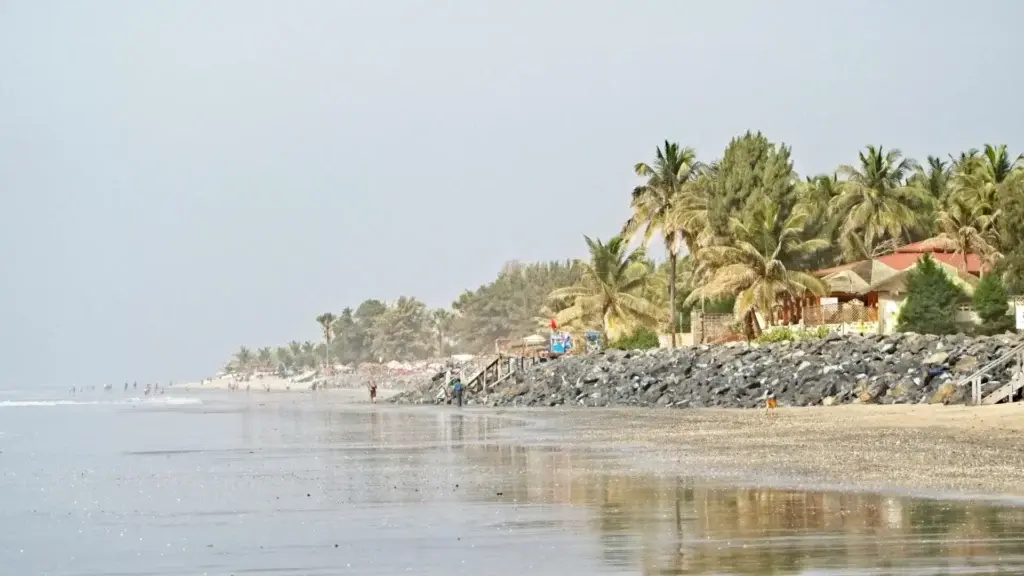
The Kachikally Crocodile Pool, located in Bakau, The Gambia, is much more than just a tourist attraction; it’s a sacred and emblematic site steeped in mythology and spirituality for the local population. This crocodile-filled pond has been revered for centuries by the locals for its alleged healing properties and cultural significance.
According to local tradition, the Kachikally Crocodile Pool is considered a sacred place where ancestral spirits reside and where visitors can receive blessings and healings. Local beliefs claim that the water in the basin possesses miraculous healing powers, and many Gambians come here to purify themselves, seek remedies for their ailments or seek fertility.
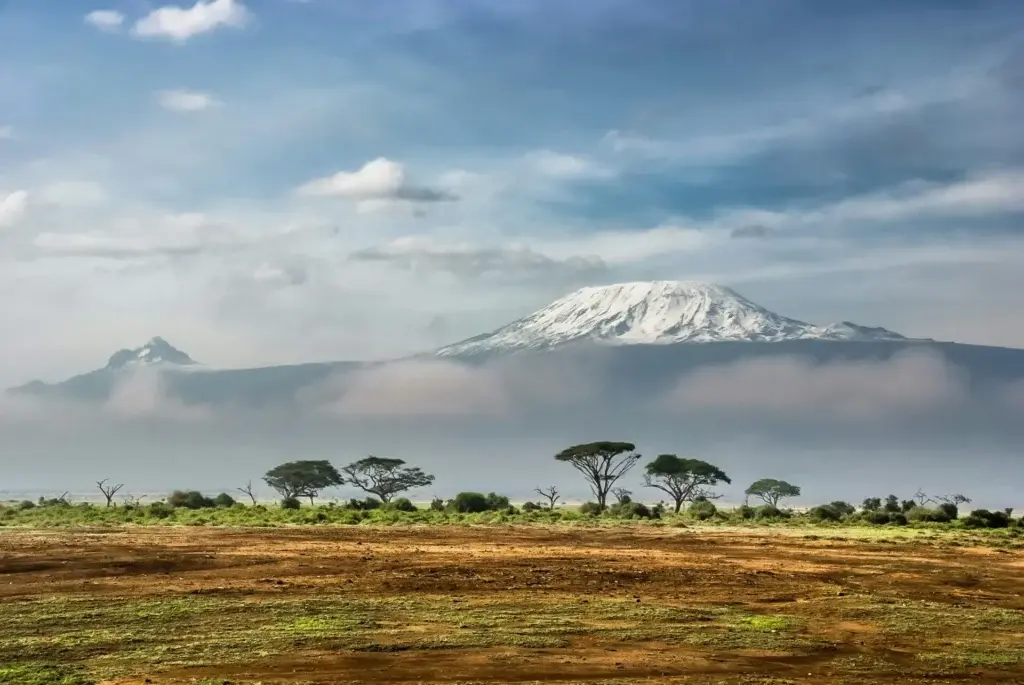
The Makasutu Cultural Forest, nestled in the Central Kombo region of The Gambia, is a treasure trove of biodiversity, culture and spirituality. Spread over some 1,000 acres of preserved land, this lush forest is home to a rich variety of flora and fauna, as well as ancient cultural traditions that have flourished for centuries.
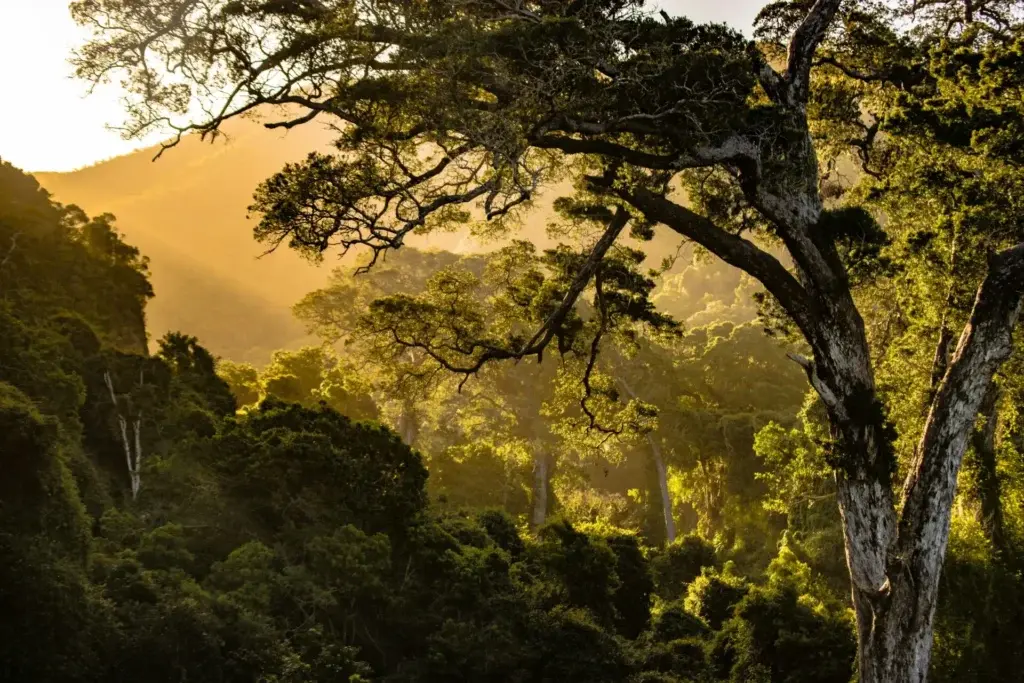
The Roots Homecoming Festival is an iconic annual celebration that brings together the African diaspora and local communities in The Gambia to honor the shared heritage, culture and history of Africa and its descendants scattered across the globe. Held annually in The Gambia, the event is a unique opportunity to reconnect with one’s roots, share stories and experiences, and celebrate the richness and diversity of African culture.

Jufureh, a picturesque little village on the north bank of the Gambia River, is more than just a geographical location; it’s a living symbol of the history of the slave trade and a poignant testimony to human resilience. Immortalized in Alex Haley’s acclaimed book “Roots”, Jufureh attracts visitors from all over the world eager to understand the tragic past and complex heritage of Africa and its diaspora.
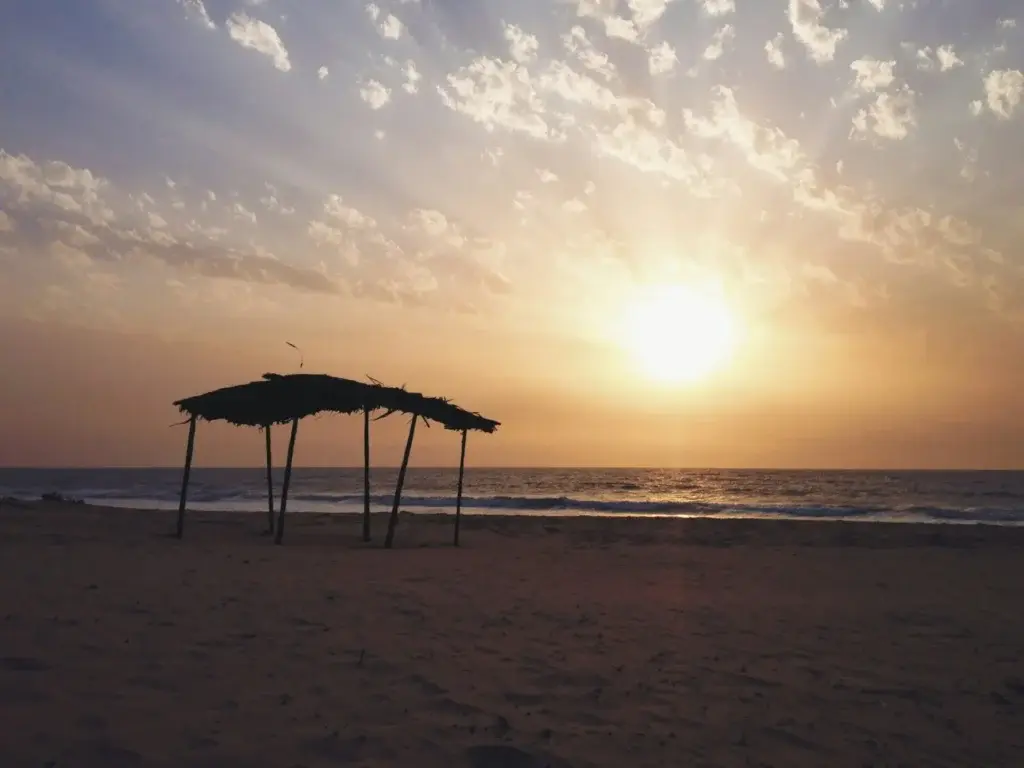
Fajara, a charming coastal town in the Banjul region of Gambia, embodies both the seaside tranquillity and cultural dynamism of this West African country. Bordered by the sparkling waters of the Atlantic Ocean, this popular destination offers visitors an idyllic getaway where relaxation, discovery and entertainment come together.
Fajara’s pristine beaches are among the most beautiful in The Gambia, attracting swimmers, sunbathers and water sports enthusiasts. Whether you want to bask in the sun, venture into the crystal-clear waters for a refreshing swim or try your hand at surfing, Fajara offers the ideal setting for enjoying the pleasures of the beach.
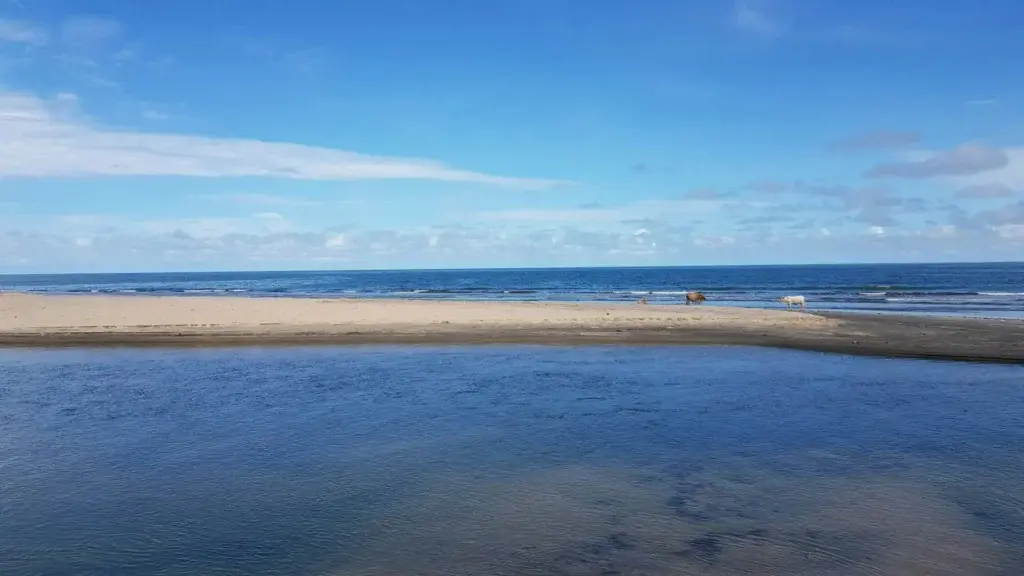
The Makasutu Cultural Village, located in Gambia’s magnificent Makasutu Forest, is an iconic place where visitors can immerse themselves in the very essence of Gambian culture. Nestled in the heart of an unspoilt nature reserve, this village offers a unique immersive experience, where history, tradition and nature come together to create an unforgettable adventure.
From the moment you arrive at the cultural village of Makasutu, you’ll be captivated by its authentic atmosphere and picturesque setting. The cobbled streets wind through traditional banco buildings, adorned with colorful patterns and handcrafted decorations, offering a fascinating glimpse of daily life in a Gambian village.
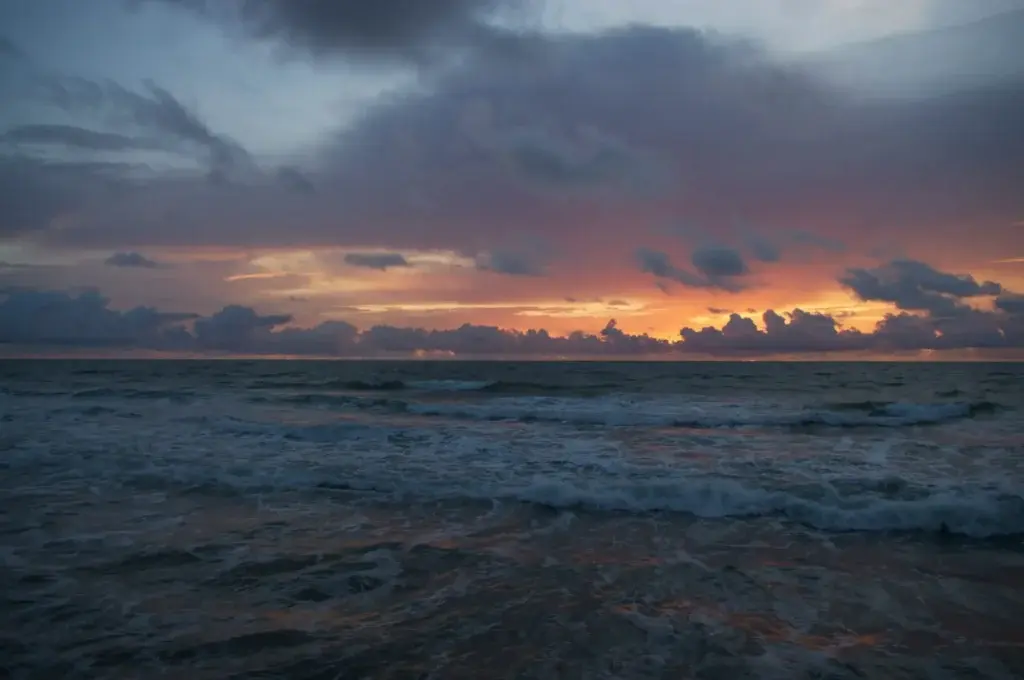
The Gambia River National Park, located in the heart of The Gambia, is a breathtaking natural sanctuary that bears witness to the richness and diversity of Africa’s flora and fauna. Nestled along the majestic banks of the Gambia River, this park offers an immersive experience in a preserved ecosystem, where visitors can discover a multitude of wildlife species in their natural habitat.
At first glance, the park dazzles with its varied landscapes, from lush forests to floodplains, swamps and savannahs. This diversity of habitats is home to an incredible variety of animals, including iconic species such as crocodiles, hippos, monkeys, antelopes and a host of exotic birds.
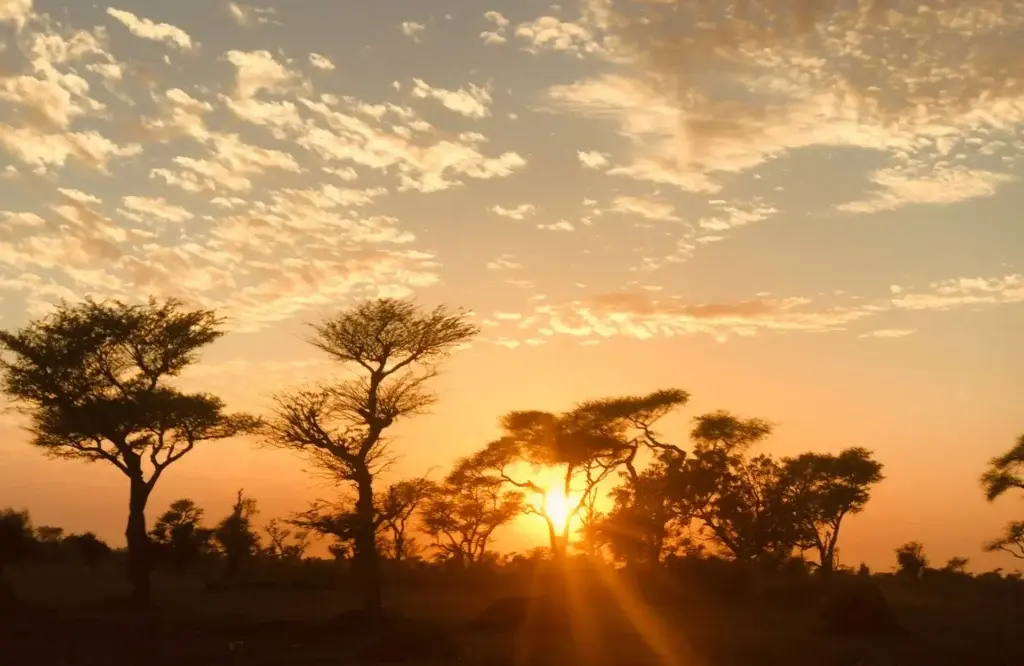
The Serrekunda market, located in the heart of the Gambian town of the same name, is much more than just a market; it’s a vibrant commercial and cultural center that embodies the very essence of Gambian life. With its colorful stalls, varied wares and lively atmosphere, this market is an essential meeting place where locals come together to shop, socialize and discover the richness of local culture.
As soon as you arrive at the Serrekunda market, you’ll be enveloped by an explosion of colors, sounds and smells. Stalls overflow with fresh produce, from exotic fruits and vegetables to freshly caught fish, aromatic spices and colorful fabrics. It’s a feast for the senses, where visitors can lose themselves in the narrow aisles as they explore the market’s hidden treasures.
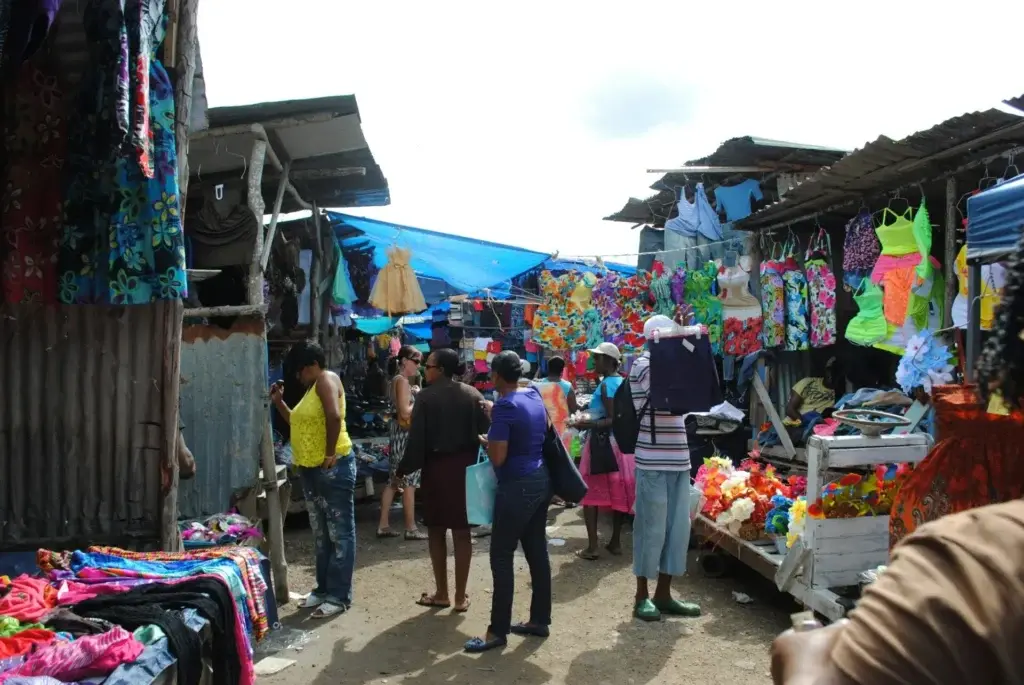
Albreda, a small historic village on the north bank of the Gambia River, is an emblematic place that embodies the complex history of the slave trade in West Africa. Nestled in the heart of the Gambia region, this peaceful village is steeped in historical and cultural significance, offering visitors the opportunity to delve into the region’s tumultuous past and discover the poignant tales of those affected by this tragic trade.
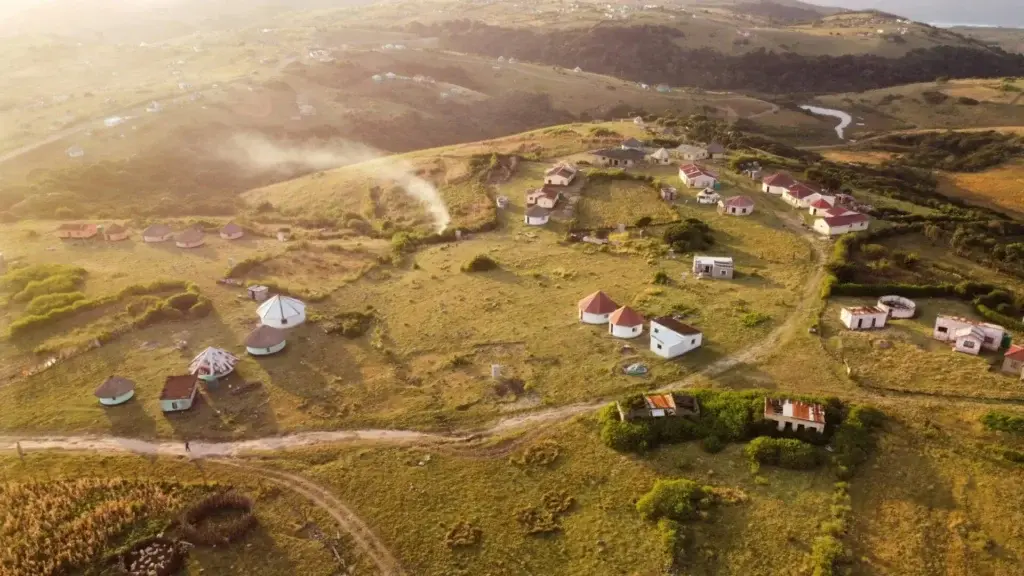
Kunta Kinteh Island, formerly known as James Island, is an iconic historic site located on the Gambia River, near the village of Albreda in The Gambia. This historic site is of particular importance as a symbol of the West African slave trade and the struggle for freedom and human dignity.
The island takes its name from the central character in Alex Haley’s novel “Roots”, Kunta Kinteh, whose harrowing story helped bring to light the atrocities of the slave trade. For centuries, the island of Kunta Kinteh was a major slave-trading center, where thousands of Africans were captured, held and shipped to the Americas in inhumane conditions.
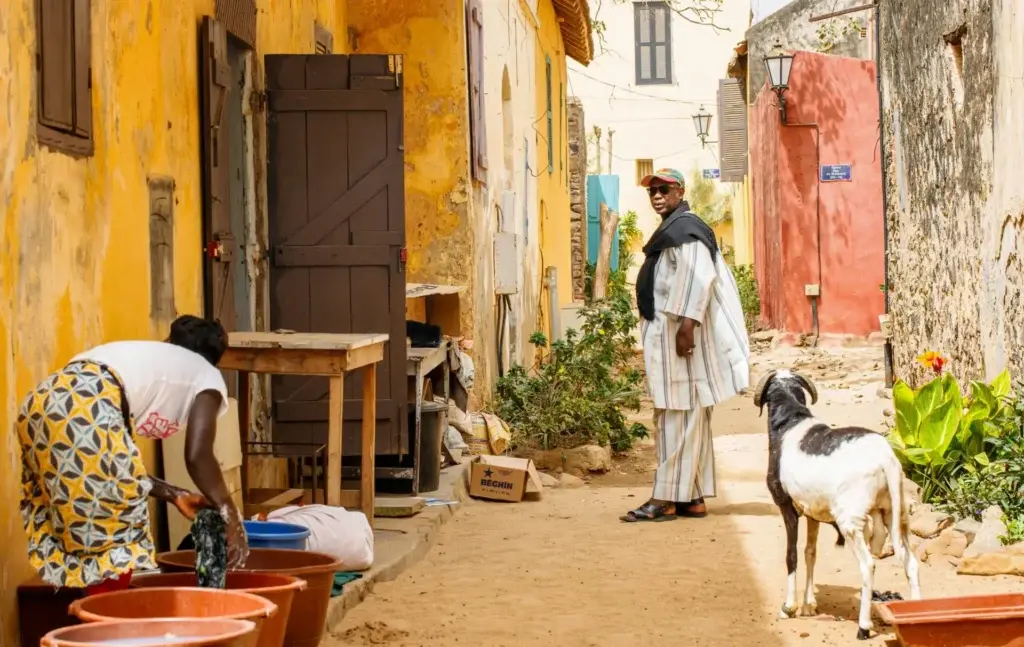
Sanyang beach, on the south coast of The Gambia, is a stretch of pristine sand bordered by the turquoise waters of the Atlantic Ocean. Renowned for its unspoilt natural beauty and peaceful atmosphere, this picturesque beach offers visitors an idyllic getaway from the hustle and bustle of everyday life.
As soon as you arrive at Sanyang Beach, you’ll be immediately seduced by its crystal-clear waters and golden sands that stretch as far as the eye can see. Whether you want to relax in the sun, swim in the refreshing ocean waters or indulge in water sports such as surfing or bodyboarding, this beach offers a range of activities to suit all tastes.
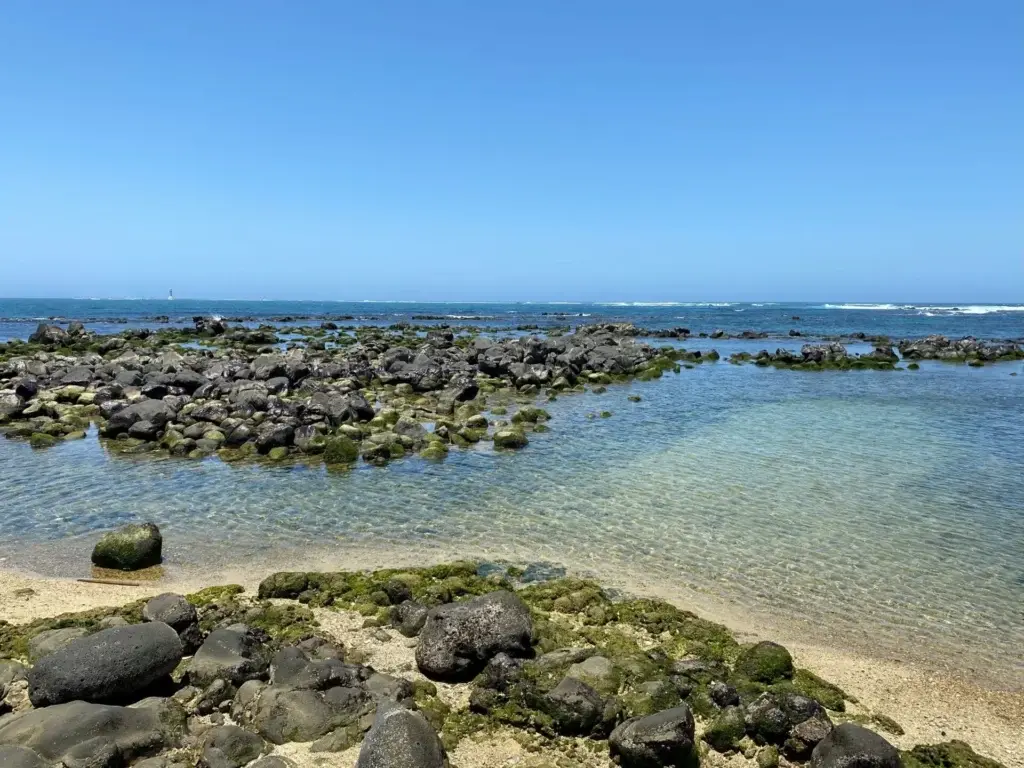
The Wassu Stone Circles, located in central Gambia, are a fascinating archaeological site that bears witness to the ancient civilization that flourished in this region thousands of years ago. Made up of monumental stone circles scattered over a vast expanse of land, these mysterious circles bear striking testimony to Gambia’s rich and complex past.
The Wassu stone circles date back to prehistoric times and are considered one of the largest concentrations of monoliths in West Africa. Made of massive granite stones, some reaching up to two meters in height, these circles were erected over 1,200 years ago by an ancient civilization whose origins and motivations remain largely unknown.
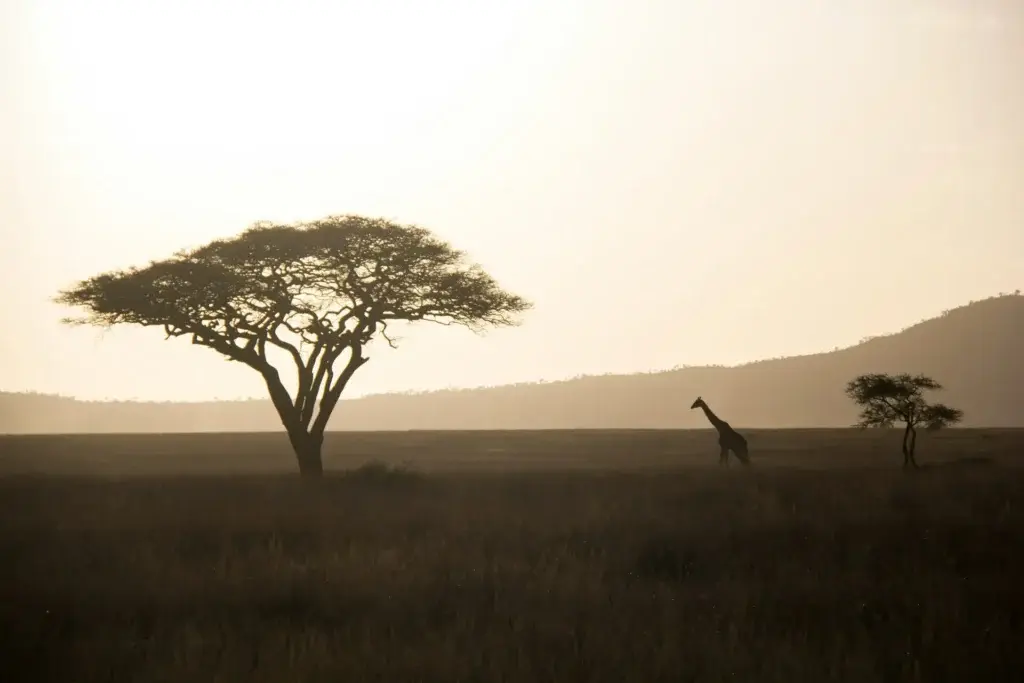
Tendaba Camp, located on the picturesque banks of the Gambia River in the country’s eastern region, is a haven for nature lovers and adventurers in search of authentic experiences. Nestled in the heart of unspoilt nature, this camp offers visitors an unforgettable getaway in a serene and enchanting setting.
The main attraction of Camp Tendaba lies in its proximity to the surrounding countryside. Visitors can wake up to the melodious sound of tropical birds and observe wildlife from their rustic accommodation, which includes comfortable tents or traditional wooden chalets. It’s the ideal place to reconnect with nature and escape the hustle and bustle of modern life.
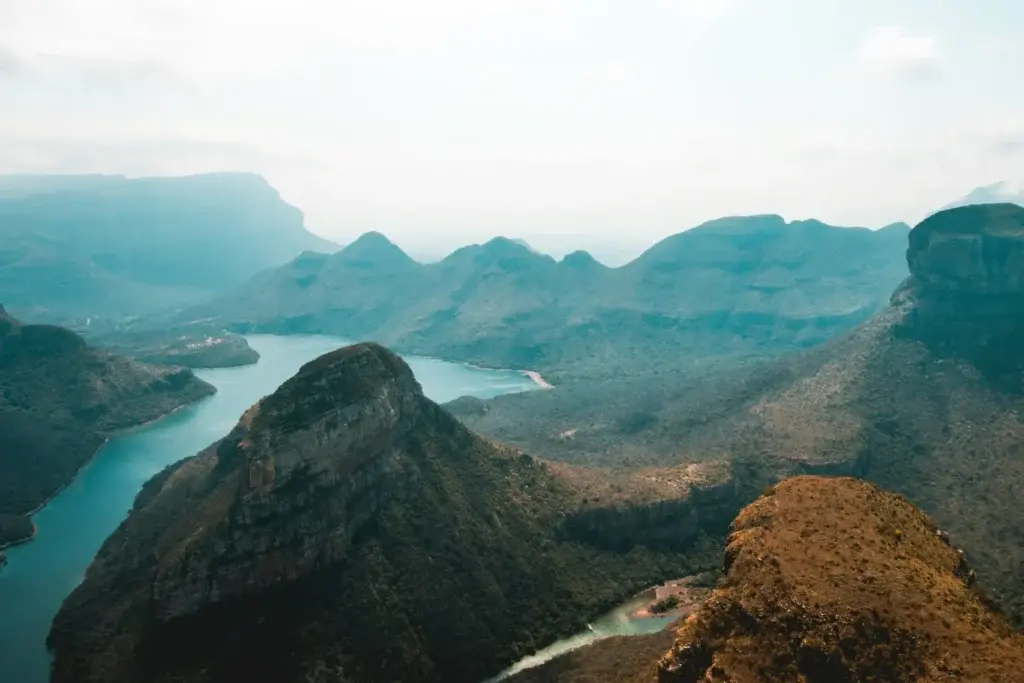
Kiang West Forest Park, nestled in the eastern region of The Gambia, is a preserved natural treasure that offers visitors a total immersion in the splendor of African nature. With its vast expanses of dense forests, picturesque wetlands and meandering waterways, this park is a sanctuary for a variety of fascinating wildlife, offering a unique wildlife-watching and biodiversity-discovery experience.
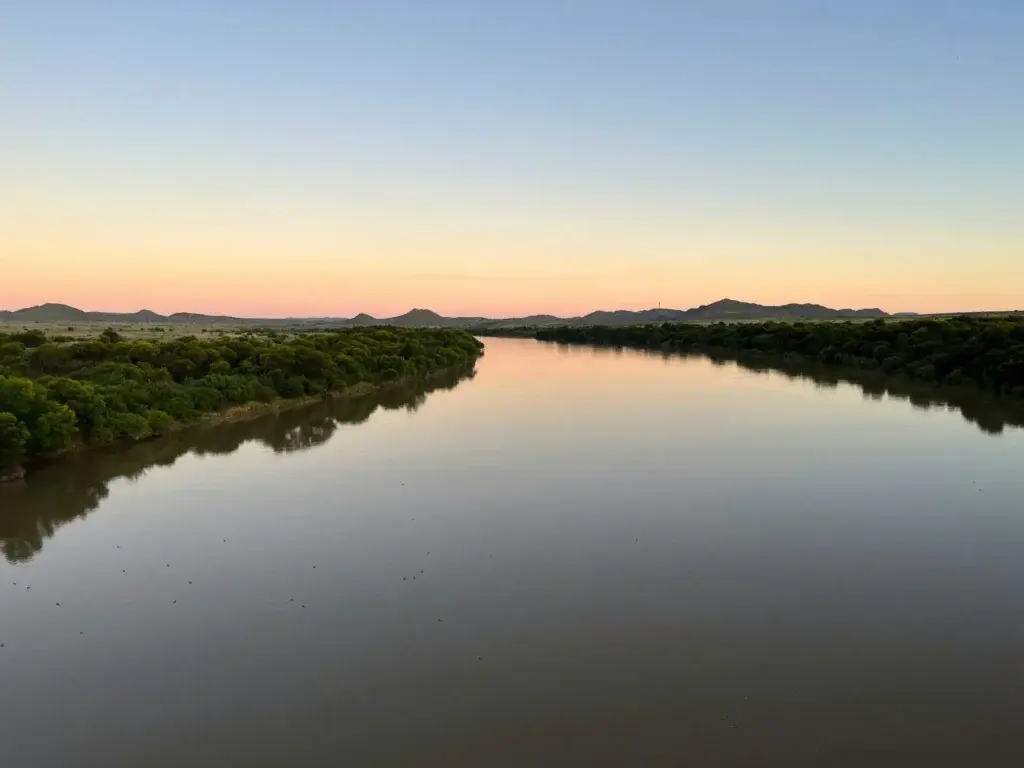
The Bao Bolong Wetland Reserve, located in the central region of The Gambia, is a remarkable ecosystem that harbors exceptional biodiversity and offers visitors an immersive experience in the unspoiled nature of West Africa. This natural sanctuary, through which the Gambia River flows, is a hidden gem where wildlife thrives in a landscape of breathtaking beauty.
What makes Bao Bolong Wetland Reserve so unique is its diversity of habitats, from salt marshes and mangroves to flooded forests and flood plains. This variety of ecosystems is home to a multitude of plant and animal species, some endemic to the region, including migratory birds, crocodiles, monkeys and a diverse aquatic flora.
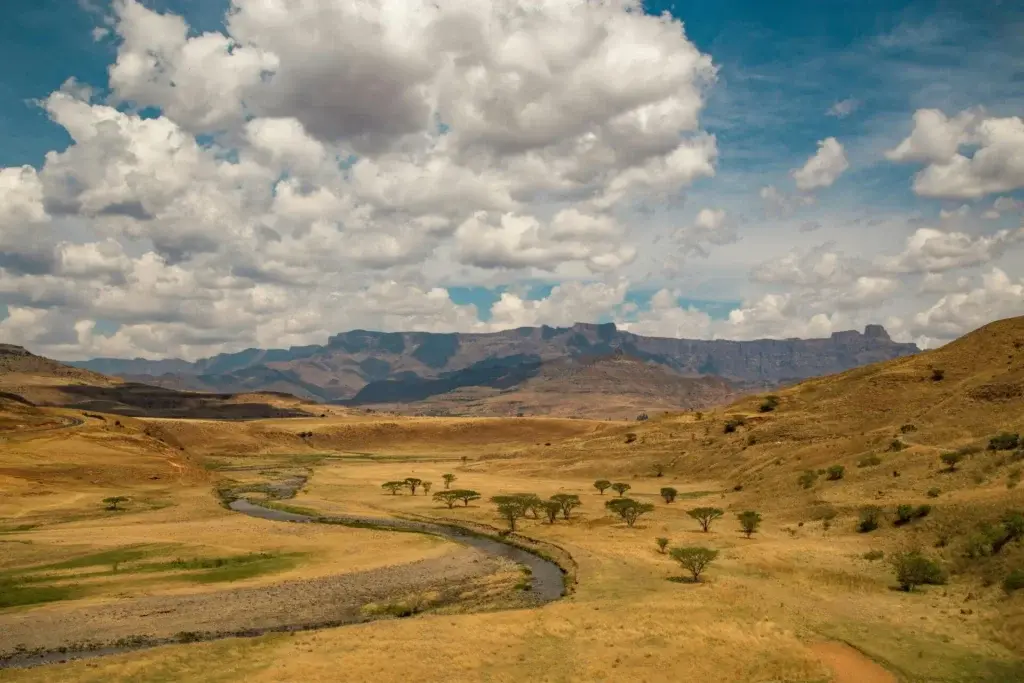
Do you have any questions?
Our teams are here to advise you!

4,3/5 on Trustpilot

Certified partners

Human & committed service

Customized offer

Optimal coverage